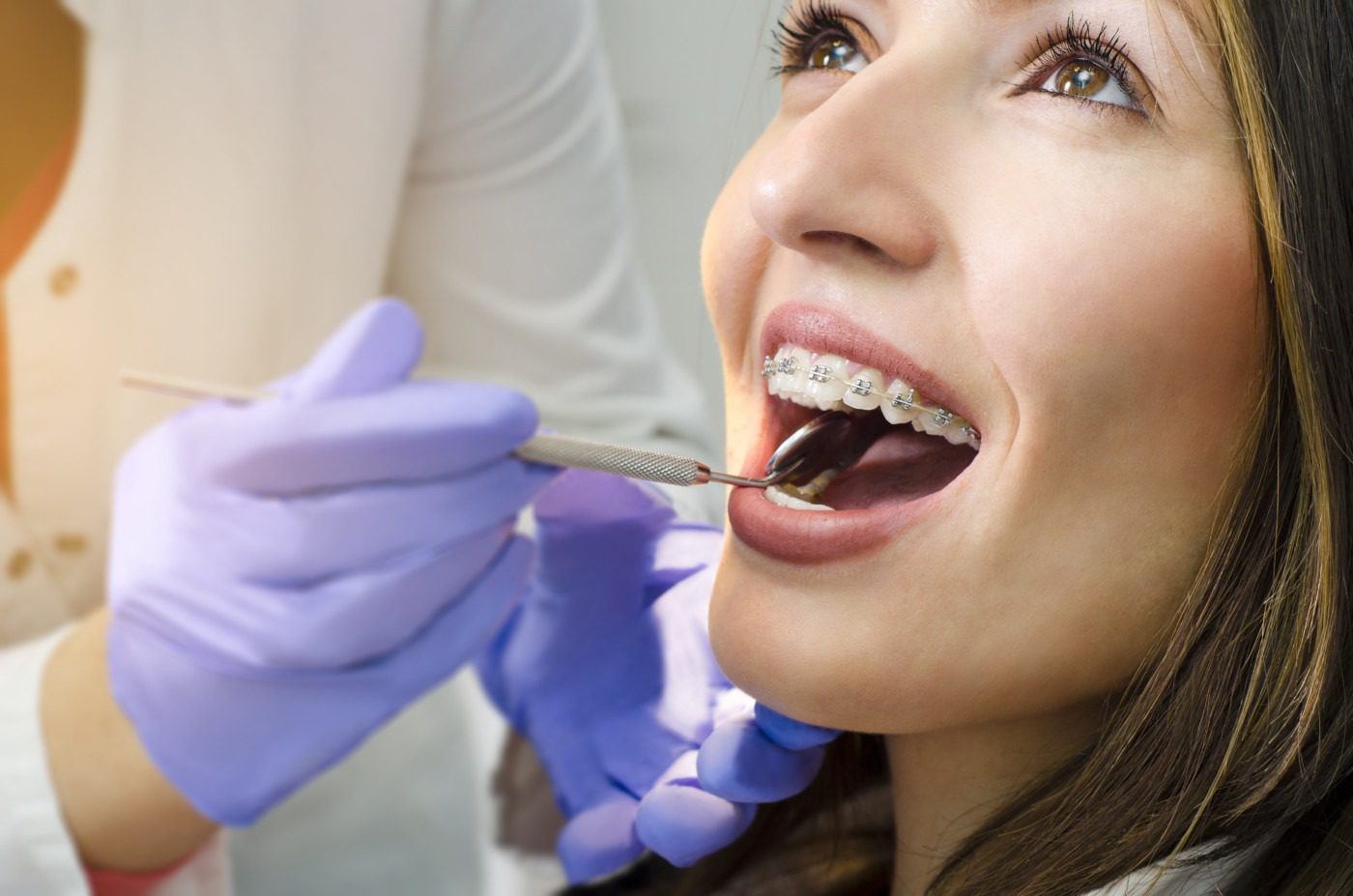As orthodontists, we’ve seen a number of new and innovative technologies in recent years. As exciting as that has been, traditional braces are still one of the best tools we have for creating straighter, healthier smiles. Today’s braces are an incredible improvement over earlier versions, and designed to be more durable, affordable, and comfortable than ever before. No wonder they remain the top orthodontic treatment year after year!
If you’ve decided to move forward with braces treatment here at Shaw Orthodontics, we’re excited to work with you to improve your oral health and achieve a beautiful smile. You may have some questions and concerns before beginning, however, especially if you aren’t sure what to expect from the process. While this is completely normal, we want you to feel confident in the choice you’ve made to pursue orthodontic treatment! That’s why we’ve put together this guide to help you learn everything you need to know before getting braces.
Let’s take a closer look at what braces actually are, how they work, and how you can get the most out of them!
What are braces made of?
Being informed allows you to be an active participant in your own treatment plan. Knowing what your braces are composed of will help you better understand how they work. There are several moving parts involved in aligning your teeth, but we’ll go over some of the most important ones below.
Brackets
Brackets are the part of braces that we attach directly to your teeth. They’re typically made from a mix of stainless steel, nickel, ceramic, or other high-quality materials, so they’re very durable. Brackets have tiny hooks or doors over which the wire is threaded, and are secured by closing the door or by applying an elastic over the top of the wire.
Glue
Tooth glue is technically a form of the same composite bonding material that we use for tooth-colored fillings or sealants. This adhesive is used to attach the brackets to the teeth. In some cases, we may use metal bands on the back teeth in conjunction with the glue to give braces more leverage and stability.
Wire
This thin piece of metal runs from one bracket to another, and the changes in its shape and curvature are what prompt the teeth to move where we want them to go. With some patients, the wire will attach all the bottom or upper teeth together. For others, we may choose to cut the wire strategically if connecting only a few teeth makes more sense for the treatment plan.
Elastics
Most patients will need elastics at some point in their treatment plan, but they’re essential for patients in need of bite correction. The elastics are usually strung between an upper bracket hook and a lower bracket hook, pulling the upper teeth backwards to correct an overbite, or the lower teeth backwards to correct an underbite. We use rubber bands for many different situations, but they can be especially useful for bringing the upper and lower teeth together successfully.
Orthodontic bands
These stainless steel rings are cemented to the teeth using dental bonding agents to provide an anchor for braces and other orthodontic appliances. We don’t need to use orthodontic bands with every patient.
How do braces work?
Before you braces are put on, Dr. Shaw will create a customized treatment plan for you. This plan includes information on how each tooth needs to be moved in order to get it to the most optimal position. The brackets will be placed on your teeth using this information, and once they’ve been attached, the wire will be inserted. Bends in the wire are used to encourage specific and precise movements, with each bend providing a different type of pressure on different teeth. This process of tooth movement is called remodeling, and it involves minor changes in the bone that surrounds the roots of teeth.
When braces put pressure on the tooth, cells called osteoblasts and osteoclasts form around the tooth’s root. The pressure of the wire then works with these osteoblasts and osteoclasts to create a negative pressure on one side of the tooth. At this site, bone is removed. On the other side of the tooth, bone is reformed. This pressure and remodeling is what slowly moves each tooth into the desired position.
This remodeling process only occurs if there is a constant source of pressure on the teeth, like braces. Once the braces are removed, the pressure stops and your teeth will begin to settle into their new positions. But in the absence of that pressure, most teeth will eventually start drifting back to their old positions. This is why you’ll always hear us talk about how important retainers are! Dr. Shaw will provide you with one as soon as your braces come off. Wear it as directed to prevent any natural drifting and keep your new smile in place.

The best care for your braces
Learning to properly care for your braces takes a little time, but with patience and practice, you’ll be a pro in no time! We recommend that all our patients brush thoroughly at least two times each day with fluoride toothpaste, especially after eating and before bed. Pay careful attention to the areas between the brackets and gums, making sure the areas in between the wires and teeth are clean and free of debris. If you find this difficult to manage, try using an interdental brush to remove any hard-to-reach plaque.
Flossing is another essential part of maintaining oral health, especially when you’re in braces. It should be done at least once per day, preferably before bedtime. Some patients find it hard to floss effectively with braces, but floss threaders or an oral irrigator like a Waterpik are helpful in removing food particles and plaque. Just remember, these are supplemental tools, and should never take the place of a regular brushing and flossing routine.
Food restrictions
Food restrictions can be one of the biggest learning curves with braces, especially in the beginning, but they’re necessary to protect both your braces and your teeth. As long as you’re undergoing orthodontic treatment, you’ll need to avoid anything that’s too crunchy or too chewy, including things like chips, ice, gum, some raw fruits and veggies, popcorn, and several types of candy.
Remember: these food restrictions won’t last forever! All the hard work and dedication you put into your treatment will pay off as soon as we remove your braces and you see your beautiful new smile for the first time.
Treatment times vary from patient to patient
Every smile is unique, and each patient will respond to treatment in their own way. When it comes to treatment time, there’s no “one size fits all” answer since several factors come into play, including what the specific issue is, the severity of a case, and how compliant the patient is. On average, however, the active stage of orthodontic treatment tends to last anywhere from 6-24 months. Keep in mind that this could be longer or shorter for you, depending on your particular case.
Get a beautiful smile with braces from Shaw Orthodontics
The first step in any orthodontic journey is an initial consultation. If you’re in Rockwall, Watauga, or any of the surrounding communities, we’d love to meet you and share more about how braces can change your life for the better. Get in touch today to schedule a visit with us and get started on the smile you’ve always dreamed of!

